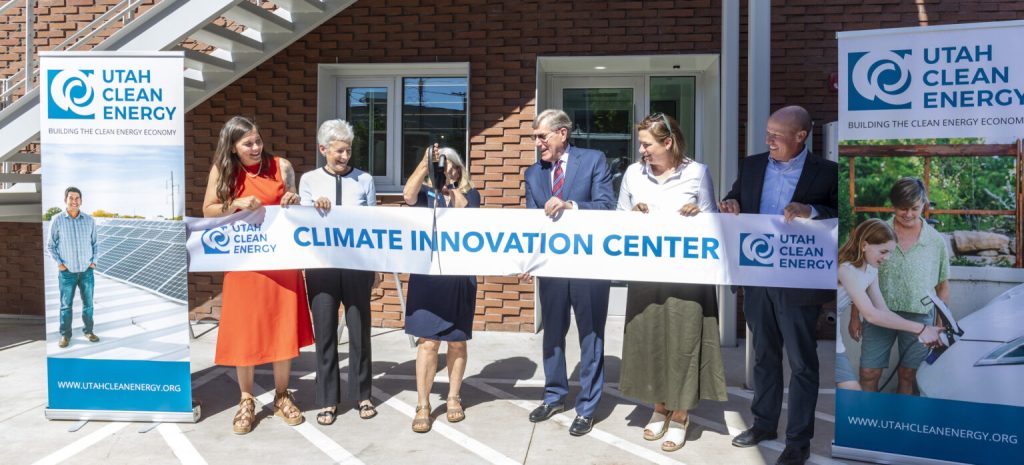Sustainability is becoming a much bigger priority across all walks of life, especially in construction. As we all know, buildings are one of the largest sources of carbon dioxide and other greenhouse gas emissions in the United States. In fact, some suggest buildings are responsible for more than one-third of total U.S. emissions. To all head on the same path toward the same goal, we must have a similar target. But to achieve these objectives we must be smarter and work more efficiently together, if we ever truly want to reach our energy targets.
One of the first steps must be a better understanding of what exactly we are aiming for here. To help, the U.S. Dept. of Energy has developed a national definition of a zero-emissions building.
Part 1 of the definition sets criteria for a building with zero emissions from energy used for building operations. It applies to exiting buildings and new construction and covers commercial and residential buildings not owned by the U.S. federal government.
For a building to achieve zero operational emissions from energy use, it must be:
- Energy efficient.
- Free of on-site emissions from energy use.
- Powered from clean energy.
The definition is not a regulatory standard. It is guidance public and private entities may adopt to determine whether a building has zero emissions from operational energy use, including emissions from tenants. Public and private entities can use the definition to demonstrate climate and clean energy leadership by adopting or exceeding the guidance.
Of course, we can’t forget about the supply chain in this discussion—as that contributes a large portion of greenhouse gas emissions. The U.S. Dept. of Energy says future parts of this definition may address emissions from producing, transporting, installing, and disposing of building materials; minimizing the impacts of refrigerants; and additional considerations. Other definitions and policies apply to greenhouse gas emissions from federally owned buildings.
This follows the April 2024 announcement of a new framework from the U.S. Dept. of Energy. The framework outlines objectives and four categories of federal action for how to reduce greenhouse gas emissions from U.S. buildings 65% by 2035 and 90% by 2050 compared to 2005.
In addition to the definition and framework for the U.S. Dept. of Energy, other organizations are taking steps to help on this sustainability journey. The U.S. Green Building Council is currently developing the next phase of the LEED (Leadership in Energy and Environmental Design) rating system.
Meanwhile, Utah Clean Energy recently celebrated the opening of the Climate Innovation Center, which highlights ways to modernize our homes and buildings to cut emissions and combat climate change. The building has achieved zero-energy standards, which means it is so energy efficient that its on-site solar power, coupled with battery storage, will provide all of the building’s energy needs. Also, the building operates without natural gas, eliminating the need for fossil fuel.

In addition to turning a dilapidated 50-year-old building into a showcase piece, this center also has spaces to learn, explore, and collaborate on climate change solutions.
At the end of the day, we are all on this sustainability journey together. We must learn from each other on ways to build and live in more sustainable structures.
Want to tweet about this article? Use hashtags #construction #IoT #sustainability #AI #5G #cloud #edge #futureofwork #infrastructure #zeroemissions #greenbuilding


